In today's fast-paced digital world, knowing how to manage emails is crucial. It's not just a skill but a key to success. Whether it’s writing professional emails, doing business, or following email etiquette, understanding the details makes a difference in your career. This guide will teach you how to send emails with clearness, professionalism, and exactness.
Key Takeaways
- Learn to craft and execute email correspondence with professionalism and finesse.
- Explore the subtleties of formal emails to enhance your personal and business branding.
- Adopt email etiquette that resonates with diverse professional scenarios.
- Gain insights into organizing and optimizing your email interactions for maximum productivity.
- Establish effective communication routines that align with modern business email best practices.
Mastering Your Inbox: Ensuring Efficiency and Productivity

In our digital age, keeping up with emails is key to staying organized. Knowing how to manage your email well is crucial whether you use Outlook, Gmail, or something else. Learning to master your inbox helps you stay on top of messages and saves time for other tasks.
Setting Up Filters and Labels
Setting up email filters is a smart move. They help sort your emails automatically based on your setup, like sender or keywords. Adding labels or tags also makes finding important emails easier. This way, your inbox stays tidy, and you can focus on what's important.
Implementing Email Management Techniques
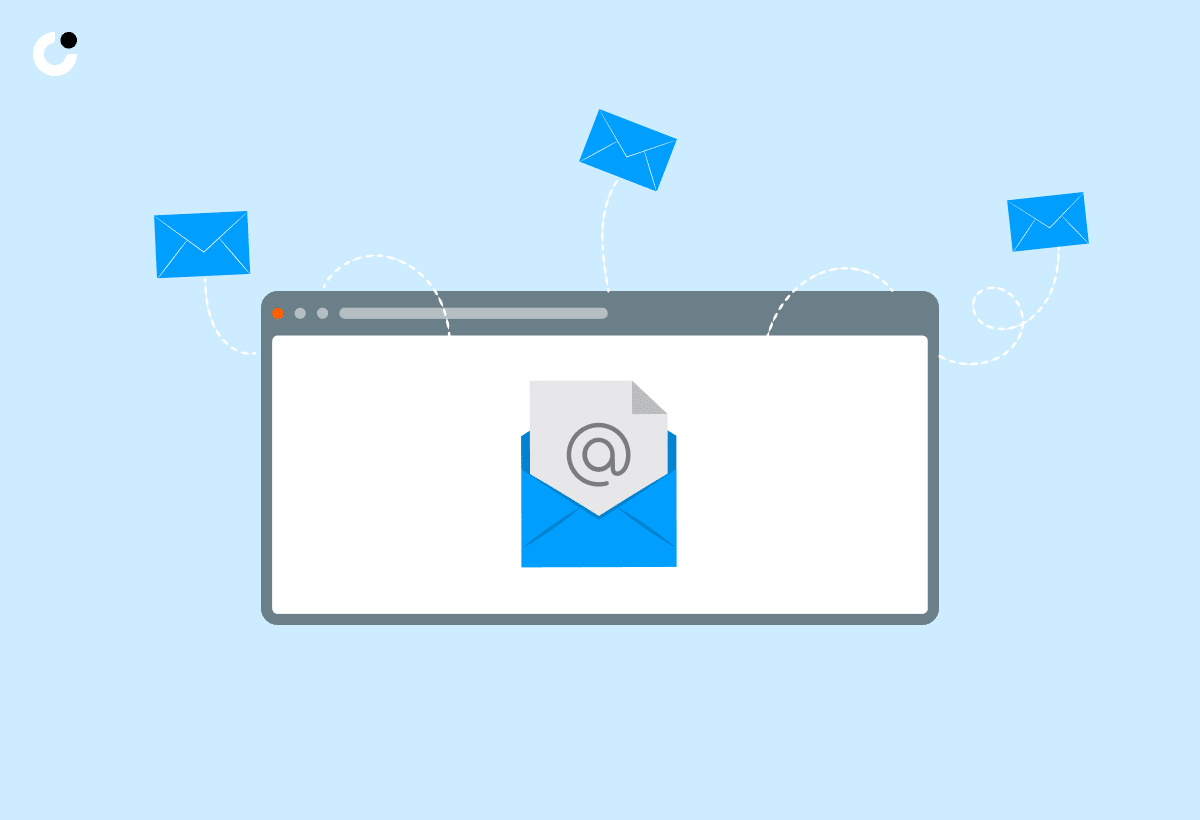
Managing emails is more than just sorting them. It includes strategies to handle them efficiently. This might mean checking emails only at set times or aiming for an empty inbox. Tools like templates save time when replying. These steps reduce the stress of a messy inbox.
Timing Your Email Replies for Maximum Efficiency
When you reply to emails matters too. It can make your workday smoother and improve work relationships. Replying during the first hour of work or after lunch keeps you efficient. Choosing when to respond helps set clear communication boundaries. This is important for managing your emails well in the long run.
Strategies for Crafting Perfect Replies
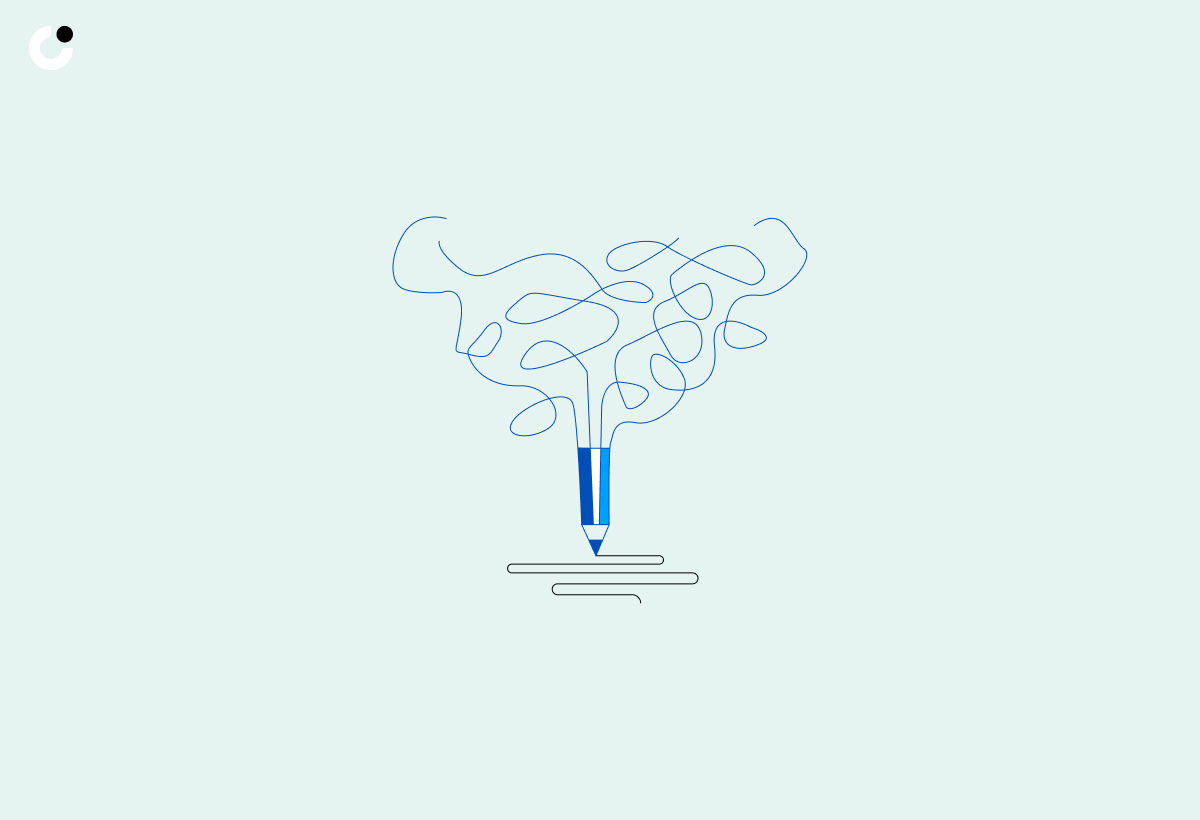
Professional communication isn't just about sending emails. It's about crafting perfect emails that get the right reply. It's important to consider the tone, length, and format. A well-constructed email shows your professionalism. It prepares the ground for successful interactions. Learn the best strategies for improving your email replies. This includes choosing the right opening lines and closing lines. Also, learn how to acknowledge emails properly. And find ways to decline an invitation or request without losing courtesy.
Choosing Appropriate Opening and Closing Lines
The first and last sentences of your email are crucial. A good opening sentence sets the conversation's tone. A careful closing can leave a memorable impression. Here's how to customize them:
- Contextualize: Match your greeting to the relationship's formality.
- Objective: Mention the email's purpose early to catch interest.
- Politeness: A polite ending keeps things professional.
- Humor: A funny email sign off can help brighten their day too.
The Art of Acknowledgment: Responding to Common Requests
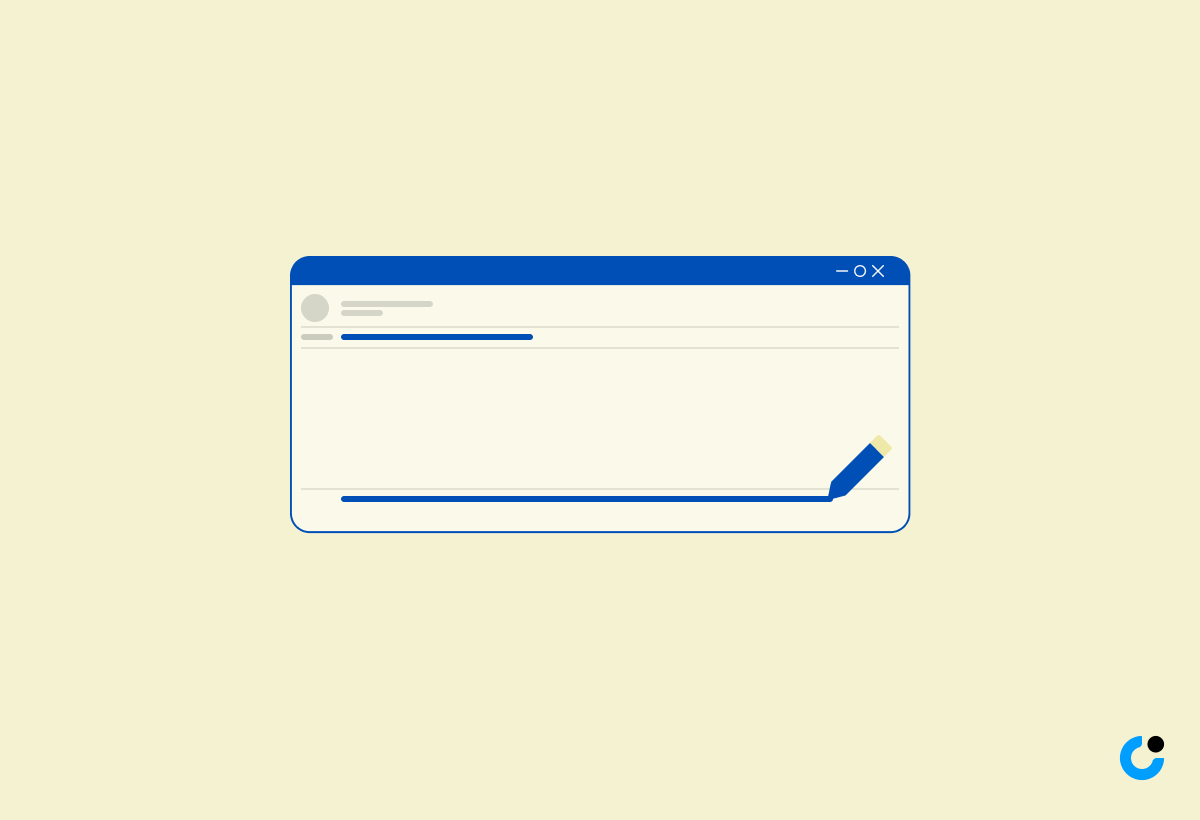
Quickly acknowledging emails shows you respect the sender's time. It helps build a team spirit. Effective acknowledgment includes:
- Confirming you received the email and thanking them.
- Giving a brief update or when to expect a full reply.
- Replying to any questions asked to reduce needless emails.
How to Say No Politely: Declining Offers and Invitations
Learning to say no politely helps maintain boundaries and relationships. When you have to decline an invitation:
- Be Direct: Clearly state your decision to avoid confusion.
- Positive Tone: Stay friendly even when saying no to keep good vibes.
- Gratitude: Thank them for their offer, showing you value it.
Templates for Every Occasion: From RSVPs to Farewell Emails
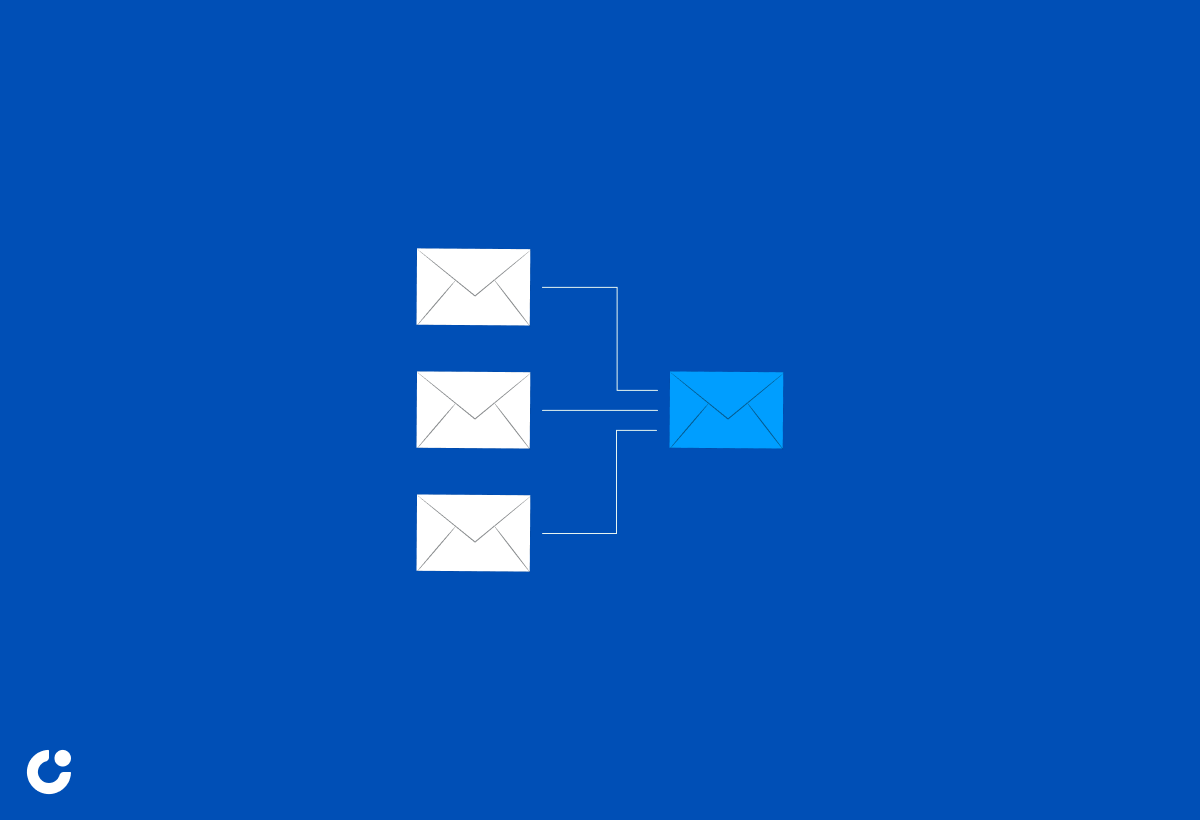
When you're sending an invite or saying thanks, the right words matter. Email templates help capture the spirit of your message. From RSVP emails to kind farewell emails, they're your starting point. Using these templates keeps your messages consistent and saves time.
- RSVP Emails: Say yes or no to events with clear, professional words.
- Invitation Emails: Create invites that make people eager to attend your event.
- Thank You Emails: Show your gratitude sincerely for any help, gift, or chance given.
- Farewell Emails: Leave a lasting good impression with a touching goodbye message.
Email templates don't take away your personal touch. They let you add your own flair to fit the mood of each email. Whether it's an RSVP email for a big event or a sweet farewell email, it's the small touches that connect. Making your invitation email or thank you email personal matters a lot.
- Start with a greeting that fits how well you know the person.
- Make your email's subject line short and to the point.
- Write a body that personalizes the template, making it relate to the reader.
- End with a polite closing, giving next steps or how to reach out if needed.
In our professional lives, emails are key. Having email templates ready helps keep your messages sharp and meaningful. Whether you're replying with an RSVP email, reaching out with invitation emails, expressing thanks by replying to thank you emails, or saying goodbye with farewell emails, you'll be prepared.
Optimizing Email Tone: Building Rapport and Expressing Empathy
Writing emails that connect with readers is key. It's not just about picking words. It's about the email tone. Getting good at building rapport and expressing empathy online can turn simple emails into strong communication tools. Understand tone well. This makes sure your email gives info and strengthens relationships.
Understanding the Impact of Tone in Email Correspondence

Your email's tone can make or break professional bonds. It's all about using language that fits the email's purpose. When showing empathy, use sincere and thoughtful words. It shows you truly understand and care. To build rapport, matching the communication style of the recipient works well. Also, keep it professional for your field.
Using Emojis and Humor: When Is It Appropriate?
Adding emojis in Outlook emails or humor can make your message feel more personal. But be mindful of when it's okay to use them. With people you know well, emojis and humor can make the mood lighter. Still, think about the company culture and what the receiver prefers. This avoids any misunderstood messages. Being aware of how different cultures view emojis and humor is vital for respect.
Hope You Are Well Reply: Conveying Sincerity
Replying to "hope you are well" in emails can be tricky. Your response starts the conversation. It's a chance to show real warmth and interest. A heartfelt reply can smoothly lead into the email's main points. This shows you value building connections just as much as sharing information.
The Ultimate Guide to Email Etiquette
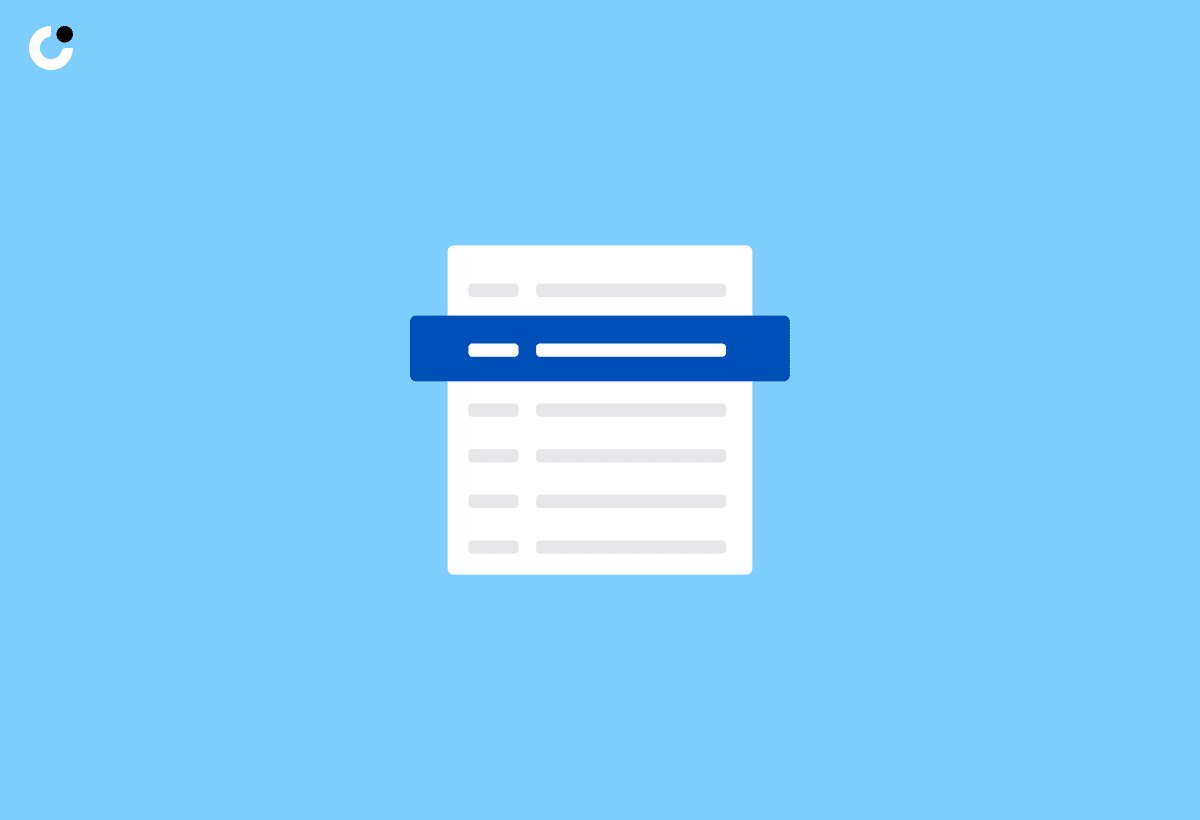
Knowing email etiquette is key for anyone aiming to excel at professional email communication. In today's fast-paced digital world, sending the right message properly is crucial. This part of our guide will cover the essential rules of email etiquette. It includes tips on using cc and bcc wisely, and making emails feel personal, even auto-generated ones. By keeping these standards, you'll make sure all your emails enhance your professional image.
Best Practices for Professional Communication
Good professional emails are clear, brief, and polite. Start by greeting the receiver right, stay on topic, and end with thanks or kind words. Checking your email for mistakes shows you care and respect the reader's time. A mix of formality and friendliness, along with thoughtful words, defines great email manners.
Navigating Cc and Bcc for Group Emails

- It's key to know when to use cc (Carbon Copy) to keep others informed without crowding their inbox.
- bcc (Blind Carbon Copy) is vital for keeping email addresses private in group emails.
- Think before you reply-all to ensure your message matters to everyone getting the email.
Auto Generated Email: Preserving Personal Touch
- Even auto emails should sound human by addressing people by name.
- Adapt templates to match your style or brand, keeping messages warm and engaging.
- Keep auto emails fresh and relevant by updating content to match current trends.
Email etiquette mastery is far from minor. It’s a big piece of successful professional email talks. This covers smart use of cc and bcc, crafting auto emails, and personalizing messages. Respect, relevance, and restraint are key rules. Following these, your emails deliver not just info but also present you as a pro in digital chat.
Mastering Email Introductions and Follow-Ups
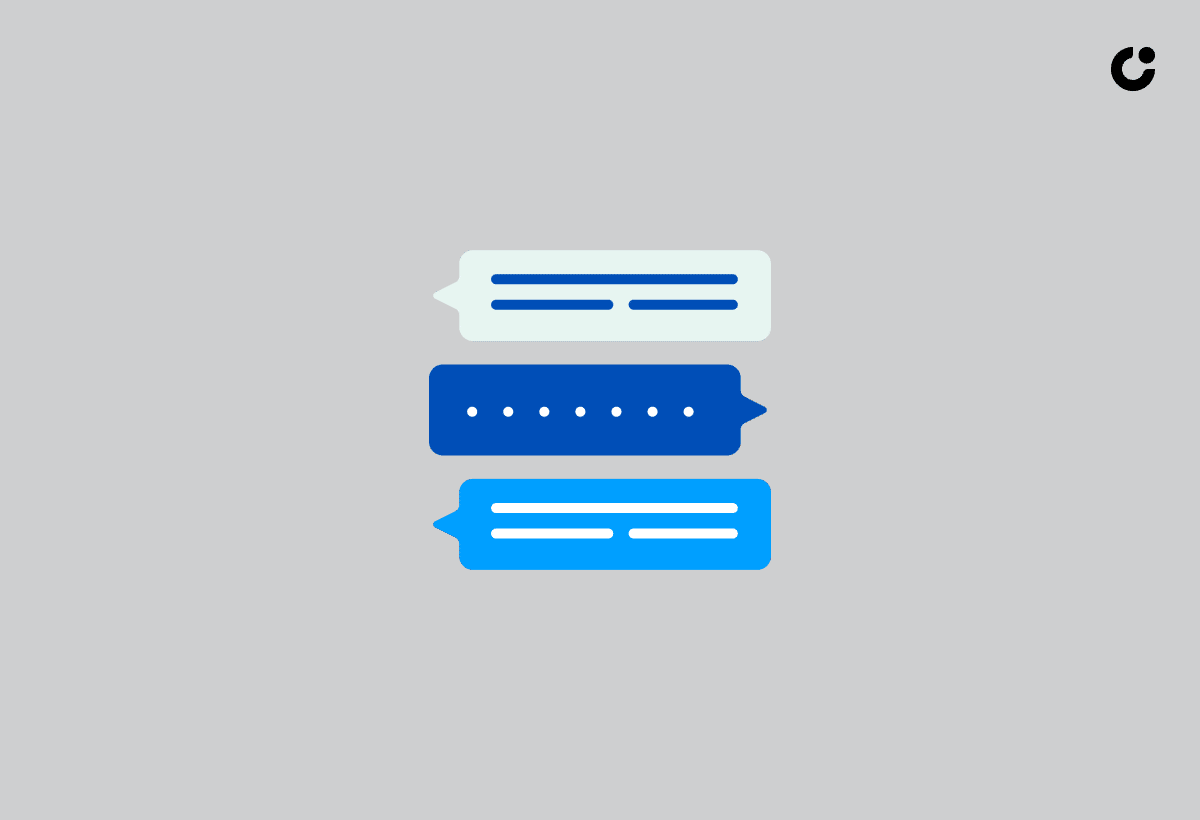
Starting a conversation or rekindling one via email can open doors to career growth and networking victories. Knowing how to craft email introductions and follow-up emails is key in today’s online world. We'll look at ways to introduce yourself or connect others digitally. We'll also cover tips for follwoing-up, especially when you don't get a reply at first.
How to Introduce Yourself and Others
Making a great first impression in an email is crucial. Start with a subject line that grabs attention. Begin by explaining why you're reaching out and the value you bring. If you're connecting two people, get permission and highlight what each person offers. Each email introduction should show real interest and the potential for a strong connection.
Networking Email Strategies: Making Connections Last
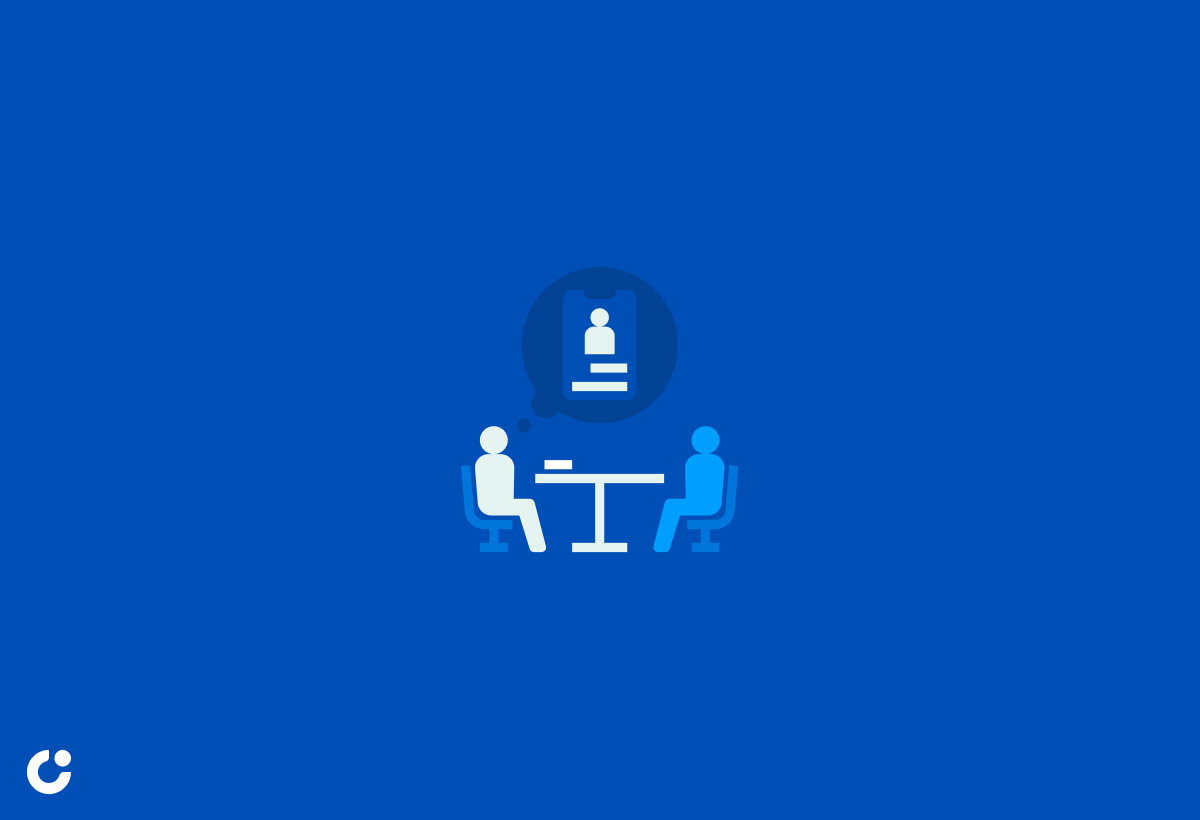
A networking email is not just an intro; it's a step towards lasting professional relationships. Personalize your email to stand out. Talk about why you're reaching out and propose a way to work together or share interests. Effective networking emails invite further conversation, like a meeting request or a project idea.
Follow Up Emails After No Response: Persistence Pays Off
If you don't hear back at first, a follow up email after no response is vital. Wait a respectful one to two weeks before sending it. Keep your follow-up short, polite, and to the point. Remind them of your initial email and why you're reaching out again. Even a late reply can come through if you stay persistent and considerate in your follow-ups.
Email Enhancements: Using Attachments and Links Effectively

Making your emails better can greatly enhance how they're received and show your professionalism. Using attachments and links right can add to your emails. They give extra resources and quick info. But, knowing how to properly use email attachments and embedding links in email is key to making your messages strong and easy to get.
When adding attachments, think about the Outlook attachment size limit. If you go over, your email might not get through. This can lead to trouble (with quotations, for example) and slow down talks. It's wise to shrink large files or link to them in the cloud. This keeps emails light and respects the receiver's email space.
Here are more tips for using email attachments and making your emails better:
- Always check documents for viruses before attaching to avoid spreading malware.
- Stick to common file types like PDF for documents and JPEG or PNG for pictures, to ensure everyone can open your attachments.
- If sending many attachments, put them in one compressed folder to keep things tidy and files small.
Linking in emails should offer more info smoothly. To get good at embedding links in email, follow these tips:
- Links should be relevant and useful for the reader.
- Use descriptive text for links so it's clear where they go, instead of showing long URLs.
- For a neat email and to help users, put links into words or phrases that fit your message.
By getting these email enhancements right, your emails will not only seem more expert but they'll work better. Your emails will offer a smooth experience with easy access to important info.
Handling Sensitive Topics: Apologies and Criticism
Emails about sensitive subjects need careful thought. This goes for both apologies and constructive feedback. The way we write in these situations is key. It helps keep our professional relationships good. It also builds a culture where people talk openly and help each other improve.
How to Write a Heartfelt Apology Email
Writing an apology email means showing real regret. You have to admit you were wrong. A good apology does more than say "sorry." It recognizes the problem, shows you mean it, and explains how you'll stop it from happening again. Here's what to include:
- Admit the mistake clearly.
- Show you understand how your actions affected the other person.
- Talk about how you'll fix the issue.
- Ask for forgiveness and be ready to talk more.
Constructive Criticism: How to Offer Feedback Tactfully

Giving constructive criticism by email needs a careful approach. The goal is to help, not just point out faults. To do this right:
- Start with something positive.
- Clearly point out what needs to be better but don't make it personal.
- Offer clear, doable advice.
- Show you believe they can do better.
This way, your feedback can lead to real improvements. It helps everyone grow professionally. If you see someone has taken your feedback to heart and has improved, be sure to send them a congratulations email so they're more likely to continue.
Responding to Criticism with Grace and Professionalism
Replying to criticism, right or wrong, is a skill. First, look at what's said without bias. If the feedback is accurate, accept it and say how you'll improve. If you don’t agree, still reply nicely, with facts to support you. In all cases:
- Thank the person for their input.
- Stay polite and stick to facts in your answer.
- Don't get defensive. Look for ways to solve the issue.
- See this as a chance to get better at what you do.
Reacting to criticism thoughtfully shows you're strong and open to growing. This is key for doing well professionally.
Email as a Tool for Career Growth
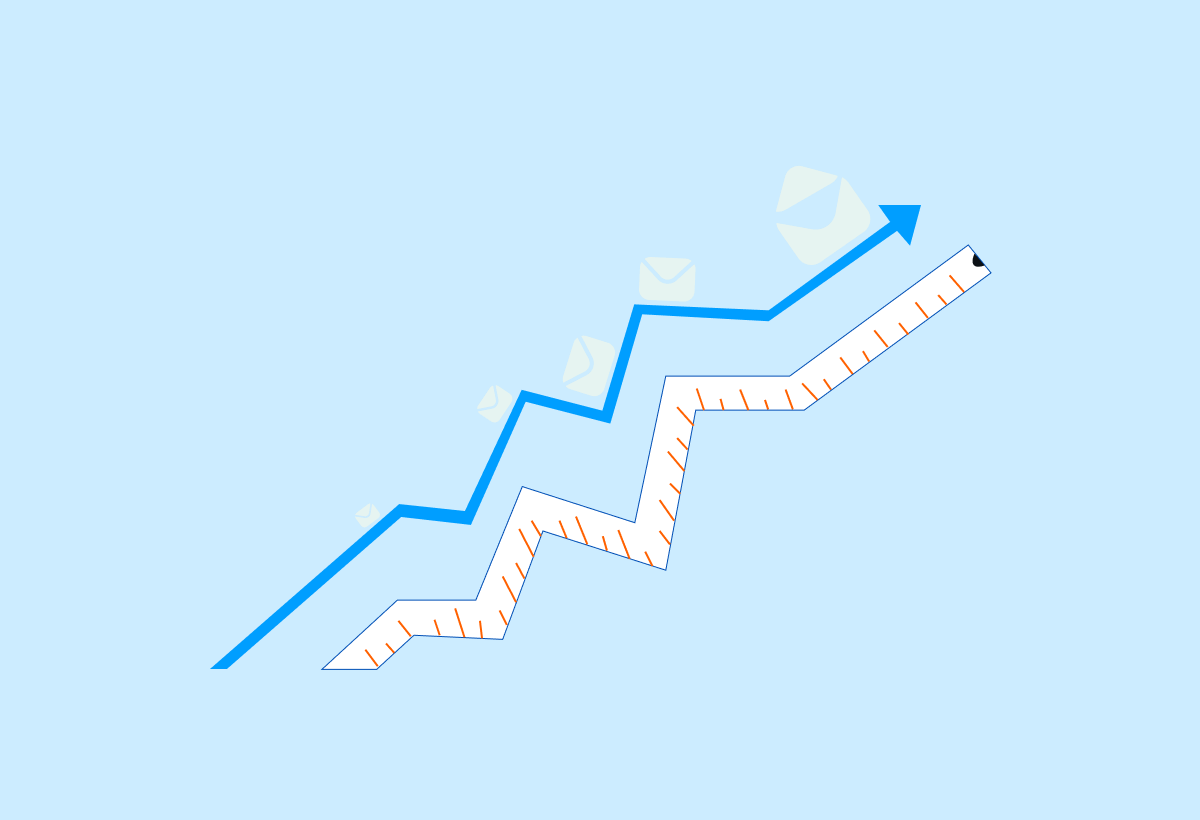
Knowing how to use email is crucial in today's job world. This includes asking for a promotion, writing a job application email, or even declining a job offer email. Each email can hugely impact your career progress. Being good at emailing can open doors to new opportunities and help you move forward professionally.
Asking for a Promotion or Feedback
Asking for a promotion is tricky. It's important to be tactful yet confident. Start by showing gratitude for your present position and highlight what you bring to the table. Link your request to the value you've added, using examples. When seeking feedback, show you're open to growing. This shows your dedication to improving and contributing more to the team.
Exporting Yourself: The Job Application Email
Your job application email is your first chance to make an impression. So, it's critical to be engaging and clear. The email should quickly go over your relevant experience and how it fits the job you want. Point out achievements that match what the employer is looking for. The goal is to make them excited to learn more about you.
The Right Way to Handle Job Rejections and Offer Declines

Rejection is a normal part of job hunting. But, your response can make you stand out. Replying politely to a job rejection shows professionalism and keeps possibilities open for later. When turning down a job offer, thank the employer and share a brief, respectful reason. The job world is small, and a no today could be a yes tomorrow. Handling rejections and declines well shows you're professional, which is good for your reputation.
- Always personalize your promotional request and job application emails with specifics about your association with the company or the role.
- Keep your emails concise but detailed enough to convey your value proposition comprehensively.
- Use professional language but don't shy away from showcasing genuine passion and enthusiasm for the role or your professional growth.
To sum up, the key to using email for career growth is to be respectful, clear, and professional. Each email is a chance to step up in your career. Use these chances wisely with well-written emails, and you could climb the career ladder step by step.
Navigating Logistical Emails: Meetings, Appointments, and Confirmations
Managing logistical emails well is key to professional communication. It involves setting up appointments, requesting meetings, and confirming details. Doing this well helps people work better together. It makes things run smoothly and strengthens teamwork, which is vital for success.
Setting Up and Confirming Appointments Efficiently

When writing an appointment email, keep it brief and to the point. Include necessary details like the date, time, and meeting goal. Adding a calendar snippet or a scheduling link helps everyone stay on the same page. This makes arranging appointments smoother by properly handling everyone's needs.
Crafting Collaborative Meeting Request Emails
A good meeting request email invites others to work together. Start with a polite greeting and explain the meeting's goal. Suggest when to meet, then wait for a reply. Use a tone that makes others feel valued for their input. This encourages teamwork.
Confirmation Emails: Ensuring Clarity and Commitment
A confirmation email locks in an agreement. It repeats essential information and includes any needed materials for the meeting. Clear confirmation emails ensure everyone understands and commits to the meeting. This preparation leads to successful collaborations.
Leveraging Email for Customer Engagement and Service
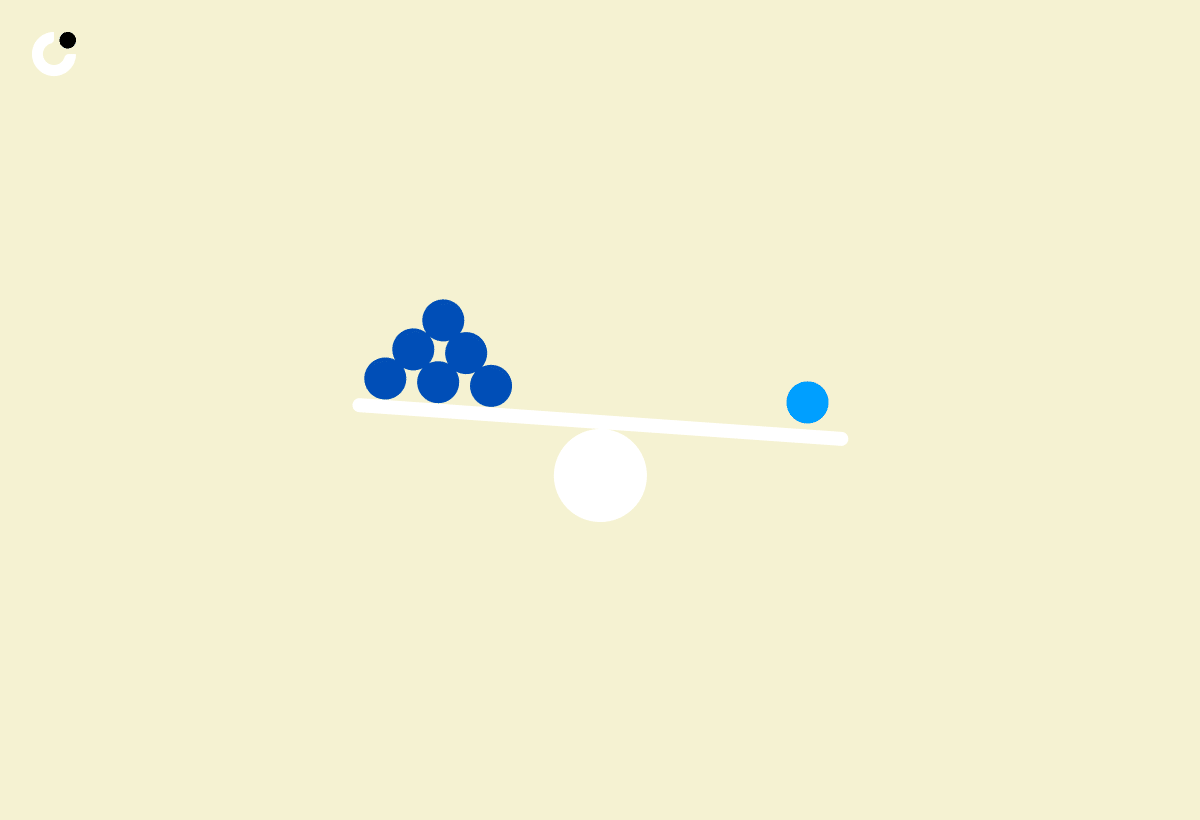
Email has become a key tool in keeping in touch with customers and providing top-notch service. It's vital for answering customer questions and reaching out for sales. This helps businesses keep and grow their customer relationships.
Handling Customer Complaints with Finesse
When businesses handle complaints well, it can really make a difference. A good customer service email solves the problem and keeps the customer happy. Quick, caring, and focused on solutions, it shows you value customer happiness.
- Listen intently and acknowledge the customer's concern.
- Provide a clear and precise solution to the complaint.
- Follow up to ensure that the customer is satisfied with the resolution.
Customer Success Email Strategies
It's important to keep in touch with customers through thoughtful emails. These emails should make customers feel supported and important from start to finish.
- Send personalized, informative content that aligns with customer interests.
- Offer tips and resources to help customers fully utilize your product or service.
- Regularly solicit feedback to demonstrate that you value their opinions and business.
Building a Sales Outreach Strategy via Email
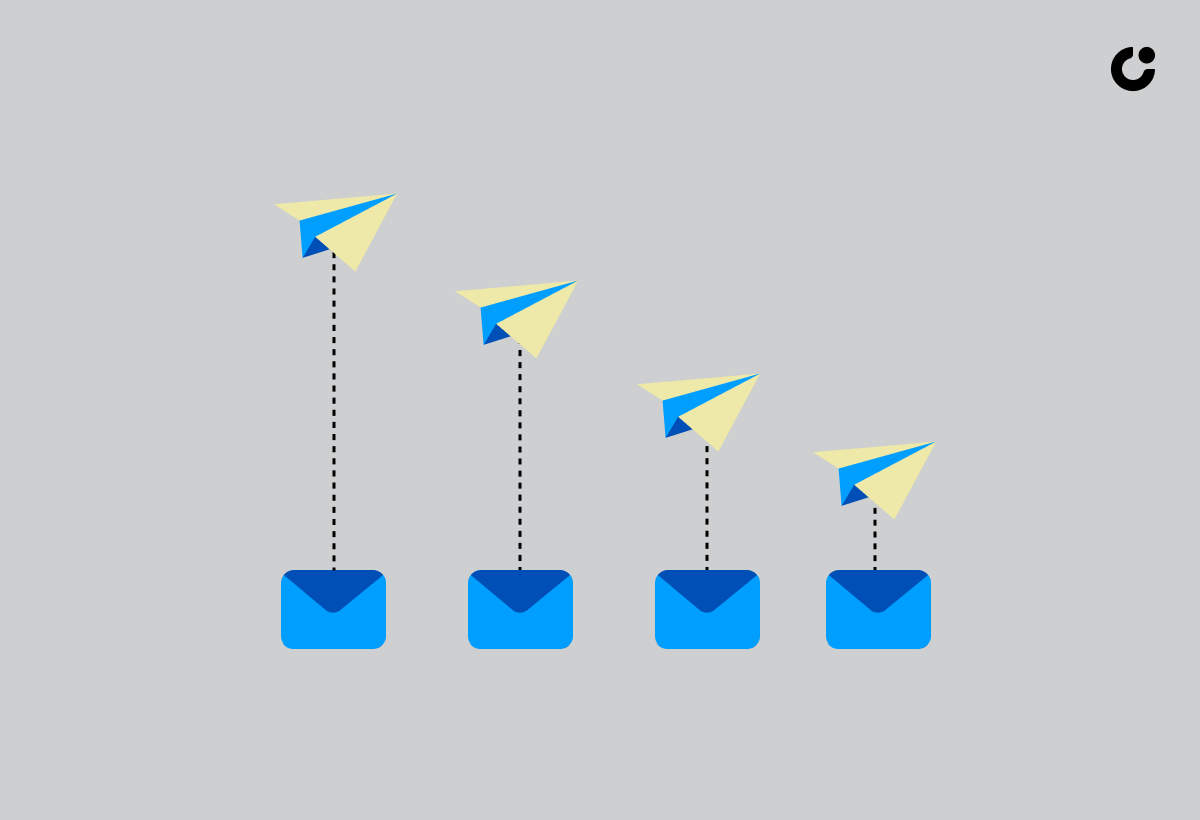
Email is a powerful way to reach new customers and talk about what you offer. The right emails can create important moments that teach, inform, and get people excited about your products or services.
- Segment your audience to tailor messages to specific customer needs and interests.
- Create a series of emails that progressively build on the benefits of your offerings.
- Use a clear call-to-action that guides prospects towards the next step in the sales funnel.
Using email well can really help a business grow and succeed. When done right, your emails will not just fix problems but also build trust and success together.
Email Innovations: Outreach Tools and Trends
Staying ahead in digital communication means knowing the latest outreach tools and trends. For businesses, using email outreach and email automation is key. These innovations are changing how we reach out.
Influencer Outreach Email Example
Reaching out to influencers is all about making personal connections. A great influencer outreach email not only highlights your brand. It also shows how your brand and the influencer's values match. This approach builds trust in your marketing.
Exploring Free Email Outreach Software
There are many free email outreach software options available. They offer tools like customizable templates and detailed performance tracking, all for free. This helps businesses, big or small, to grow their outreach without extra costs.
Evaluating the Latest in Email Automation
Using the newest email automation tools can change how you connect with your audience. These tools send messages at just the right time, boosting engagement. They also make emails more personal, which can increase sales and ease your workload.
- The importance of adapting to emerging outreach tools and trends for sustained business growth.
- The ability to create high-impact influencer outreach email examples that resonate with both influencers and their followers.
- Exploring free email outreach software as a cost-effective solution to enhance campaign reach and effectiveness.
- Integrating the latest email automation technologies to streamline communications and improve engagement metrics.
In summary, email outreach is constantly evolving. By adopting these new methods, businesses can lead in the digital age.
Email Analysis and Metrics: Tracking Your Communication
In today's world, measuring how well your emails do is key to getting better at sending them. When we look into email analysis and email metrics, we learn the importance of tracking emails. We see how the people getting your emails act. This helps senders know what works and how to make emails people want to read.
How to See if Someone Read Your Email
At the start, knowing if someone opened your email is basic. You can use read receipts. But, there's more you can do. With clever tools, you find out not just if your email was opened, but how many times, for how long, and if they clicked on any links.
Measuring Customer Response and Feedback
Understanding what customers think is crucial. It's not just about numbers like how many open or click through. It also includes what customers say in surveys or direct replies. This feedback makes sure customers are listened to, improving your relationship with them.
Improving Email Performance with Data-Driven Insights
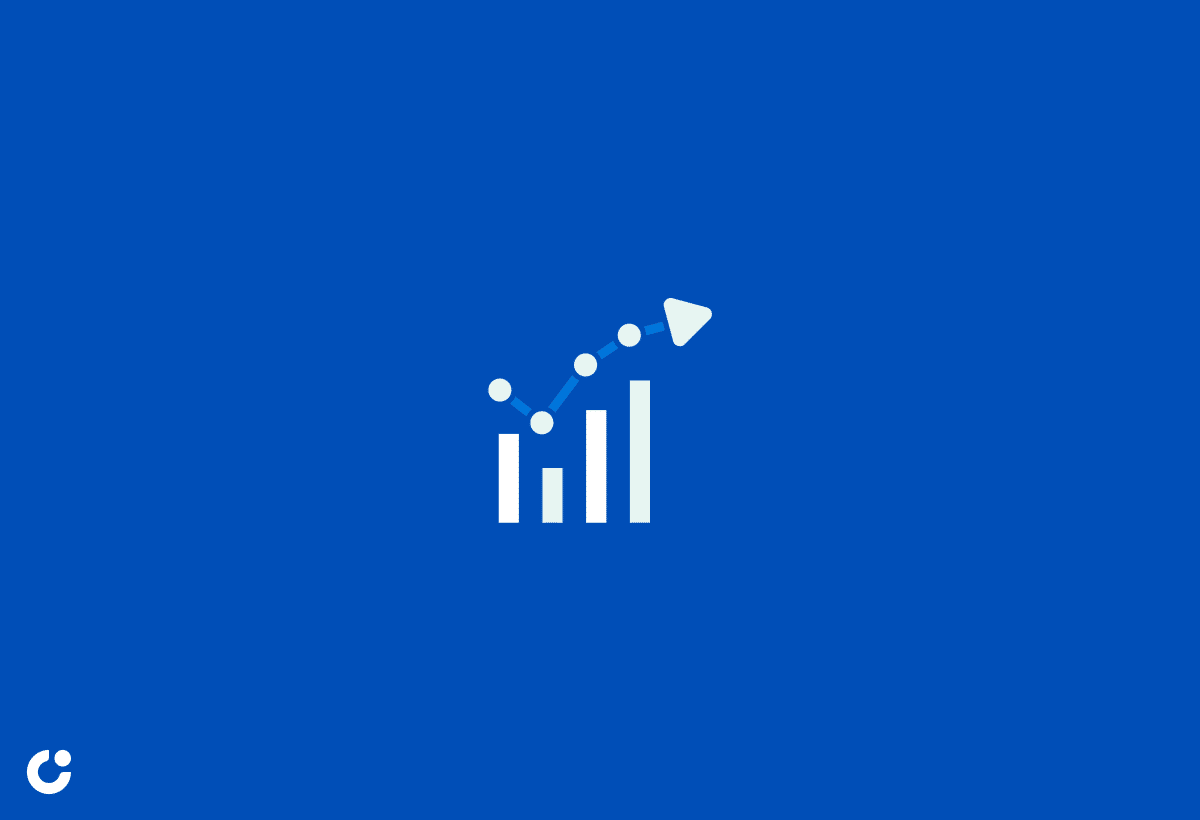
Boosting your emails' impact requires data-driven email insights. By studying patterns and how people respond, companies can choose the best times to send emails, tailor the content, and target the right audience. This ongoing process involves setting goals, trying new things (like A/B testing), and applying what is learned from the data.
Conclusion
As we wrap up our exploration of email communication, we see one thing clearly: being good at sending emails is crucial. It's not just for work but for all areas of our lives. Learning to manage our emails well and write messages that truly speak from the heart is key. With each step towards mastering emails, we get better at using this tool to its fullest.
This guide took us through everything about email communication, making us more confident in what we send out. It showed us how to make our emails stand out as professional and clear.
In today's world, emails are a big part of both work and personal life. We learned how to write great emails, whether it's to start new business relations, say sorry sincerely, or apply for a job with care. By using the tips and tools from this guide, we can make sure our emails do exactly what we want them to do. They can help us build strong connections and really communicate.
Email mastery is a journey that never ends. We must keep learning, stay up-to-date with new trends, and understand online manners. This guide is here for you to come back to, to brush up on your skills, and to remember the power of a good email. So, with these techniques and a good grasp on your online voice, you're ready. Let every email you send show your smarts and professionalism.
FAQ
How can I improve my email correspondence for professional settings?
Emailing your boss directly would call for different etiquette than sending a company wide employee memo or a new employee welcome email. Always keep the situation in mind. Improve your emails by picking clear words and keeping them straightforward. Follow good email manners and keep a professional tone. Choose the right greetings and endings, organize your email well, and double-check before sending.
What techniques can I use to manage my email inbox more efficiently?
Make your inbox easier to handle by setting filters and labels. Organize emails in folders and decide which ones are most urgent. Set times to check and reply to emails to work more effectively.
How do I choose the right tone when crafting an email?
Your email's tone should fit the situation and its purpose. In professional emails, be polite and don't use casual speech. For example, if you're asking a potential guest speaker questions, make sure the tone matches their speaking style. Watch out for humor and emojis, which might not always fit.
What are some tips for crafting effective email templates for different occasions?
Create adaptable but personal templates that include spots for specific details. Make sure they fit various situations and update them to stay engaging and useful. For example, here are some situations to be prepared for:
When is it appropriate to use emojis and humor in email?
Only use emojis and humor if you know the receiver will like it. It's usually best to avoid them in formal emails or with people you haven't emailed before. Feel free to use them in informal emails.
What is the best way to introduce myself in an email?
Start with a polite hello, then tell them your name, job, and why you're emailing. Keep it short and relevant to make a good first impression. If it's a warm email - you can start with an opening like "hope this email finds you well".
How should I respond to customer complaints via email?
Answer customer complaints with understanding and calm. Say sorry for any trouble, recognize their issue, and tell them how and when you'll fix it. Check back to make sure the problem is resolved.
What should I include in a job application email?
Start with a formal hello, then state the job you want, introduce yourself briefly, highlight your skills, and what you'll bring to the job. Attach your resume and cover letter, properly formatted.
How can I track the effectiveness of my email outreach?
Use email analytics tools to see open, click-through, and reply rates, as well as engagement. Adjust your strategy, personalize your emails based on your findings, and improve communication for better outcomes.
What strategies can I use to handle sensitive topics in emails, like apologies or criticism?
When dealing with sensitive topics like apologies or criticism, communicate clearly and with kindness. Acknowledge when you're at fault, offer helpful feedback, and stay respectful and professional.

